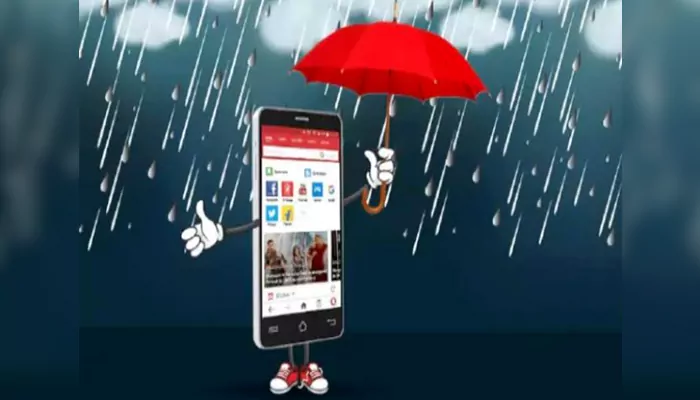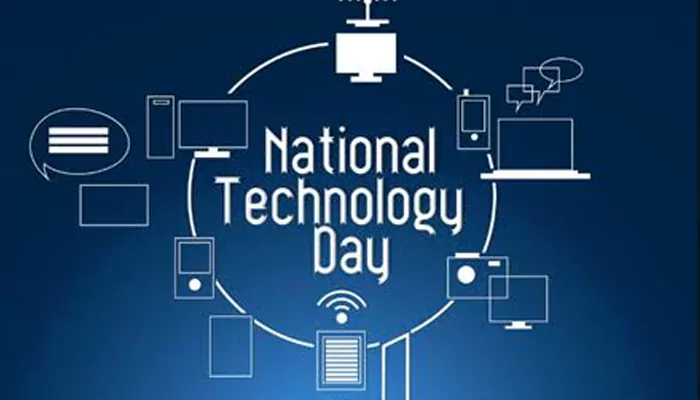Biometric Authentication – Advancements in Fingerprint, Face, and Voice Recognition Tech
- Ishani Karmakar
- 1 year ago
- 4 minutes read

In our increasingly digital world, security has become a paramount concern. Traditional passwords and PINs, while still widely used, are often insufficient to protect against sophisticated cyber threats.
Enter biometric authentication – a cutting-edge technology that uses unique physical and behavioural characteristics to verify identity. From fingerprints to facial features and voice patterns, biometric authentication offers a highly secure and user-friendly solution. Let's dive into the fascinating advancements in fingerprint, face, and voice recognition technologies and explore how they're revolutionizing our daily lives.
Fingerprint Recognition
Fingerprint recognition is perhaps the most well-known and widely adopted form of biometric authentication. It traces its roots back to the late 19th century when fingerprints were first used for criminal identification. Today, it's a staple feature in smartphones, laptops, and even door locks.
Modern fingerprint sensors have come a long way from their early days. They use sophisticated algorithms to capture and analyse the unique patterns of ridges and valleys on a person's fingertip. Advances in sensor technology have led to the development of optical, capacitive, and ultrasonic fingerprint sensors, each offering varying levels of accuracy and speed.
Optical sensors capture a visual image of the fingerprint, while capacitive sensors measure the electrical current differences caused by the ridges and valleys. Ultrasonic sensors, the latest in the lineup, use high-frequency sound waves to create a detailed 3D image of the fingerprint. These advancements ensure that fingerprint recognition systems are not only more secure but also faster and more reliable than ever before.
Face Recognition
Face recognition technology has seen remarkable growth in recent years, thanks in part to advancements in AI and machine learning. This technology analyses the unique features of a person's face – such as the distance between the eyes, nose shape, and jawline – to create a digital map for identity verification.
One of the most significant benefits of face recognition is its non-intrusive nature. Users can authenticate their identity simply by looking at their device, making it an ideal choice for applications requiring quick and seamless access. From unlocking smartphones to airport security checks, face recognition is becoming increasingly prevalent.
The integration of AI has further enhanced the accuracy and reliability of face recognition systems. Deep learning algorithms can now identify individuals even in challenging conditions, such as low light or when the person is wearing glasses. Additionally, 3D face recognition technology, which uses infrared sensors to capture depth information, adds an extra layer of security by making it harder to deceive the system with photos or masks.
Voice Recognition
Voice recognition, also known as speaker recognition, is another exciting frontier in biometric authentication. This technology analyses the unique characteristics of a human’s voice, such as pitch, tone, and rhythm, to verify their identity.
Voice recognition offers a hands-free authentication method, making it particularly useful for smart home devices, automotive systems, and accessibility features for individuals with disabilities. With the rise of remote work and virtual communication, voice recognition is also gaining traction in secure authentication for online services and customer support.
Advancements in natural language processing (NLP) and AI have significantly improved the accuracy of voice recognition systems. These technologies can now filter out background noise and adapt to variations in speech, ensuring that the system recognizes the user accurately even in noisy environments or when they have a cold.
Biometric authentication is revolutionizing the way we secure our digital and physical spaces. As we embrace the wonderful world of biometrics, it's essential to stay informed about the latest developments and understand the implications for privacy and security. By doing so, we can fully harness the benefits of biometric authentication while safeguarding our personal information. So next time you unlock your phone with a glance or authorize a transaction with your voice, remember that you're part of a technological revolution that's making the world a safer and more connected place.












